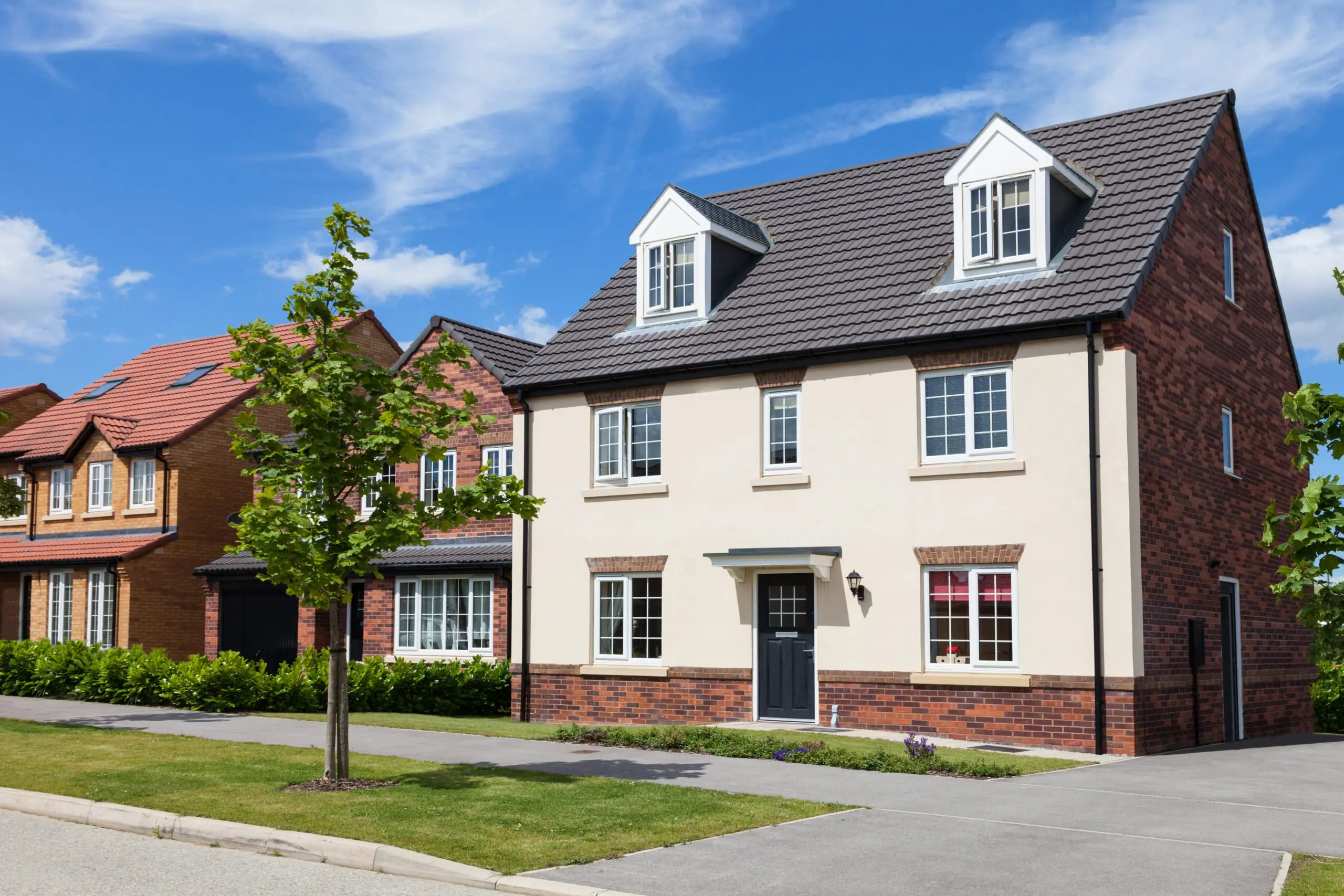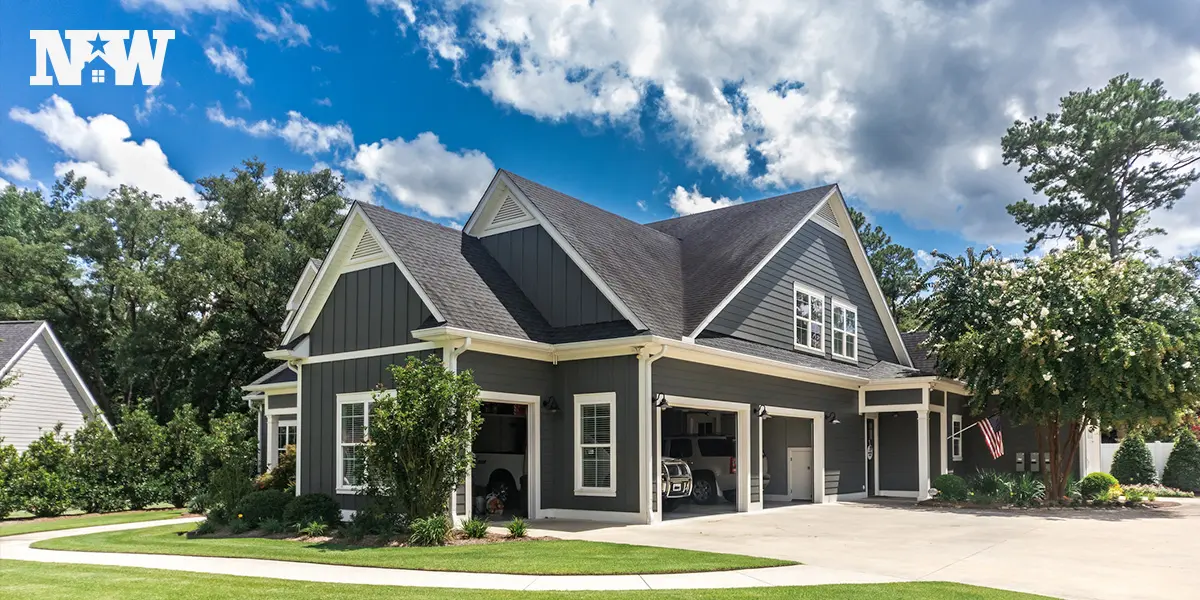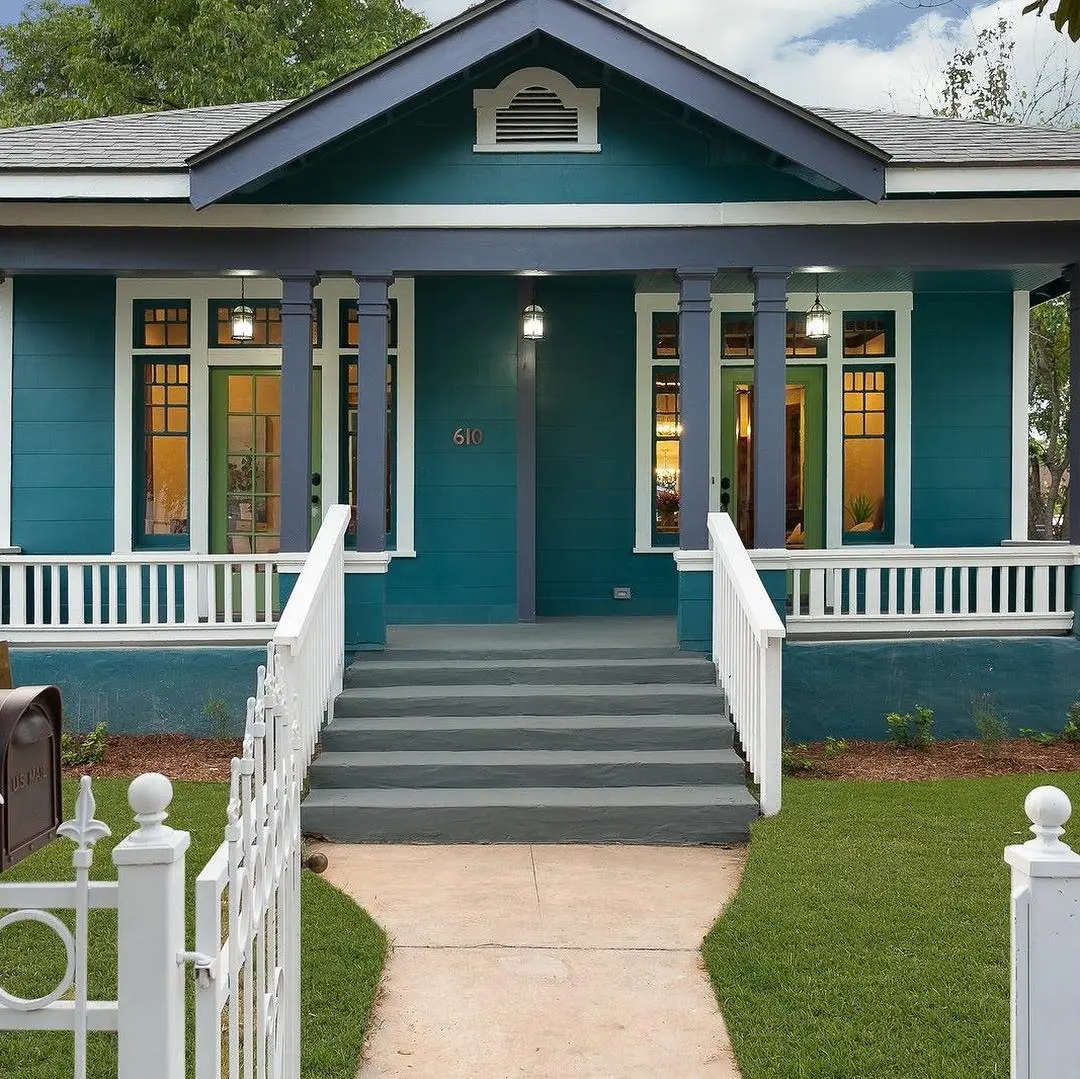So you’ve decided to dive into the world of real estate investing — great! As exciting, dynamic, and lucrative as dealing with investment properties can be, it takes a lot of work in order to maximize your chances at a profit. All of that work starts with one key move on your part: choosing the right investment property to buy.
There is no “sure thing” in the world of real estate — every purchase is accompanied by a number of risks you need to account for. Weighing those risks against the purchase price, potential profit, and time to sell makes for some pretty advanced algebra. In order to kick things off on the right foot, you’ll want to acquaint yourself with the basics. Here’s what you need to know:
1. Know Your Budget
It sounds obvious, but it’s a cornerstone of real estate investing all the same. The amount of money in your account is not the same as your property purchasing budget. Going over budget is becoming increasingly common in the real estate world, and buyers do so at their own peril.
Remember those risks that were mentioned earlier? A burst pipe or botched restoration job can mean that more capital is required to get your investment to where it needs to be.
Account for these risks ahead of time and incorporate them into your budget. Accept bids for any and all renovations you plan on doing to get a good sense of what your final investment total may end up looking like.

Not only does this minimize the possibility of overextending yourself financially, but it also helps you determine the overall viability of your investment. If your final budget ends up significantly more strained than you expected, you might want to refocus your attention on other investment properties.
2. Familiarize Yourself With the Area
When you’re investing in potential flip houses, it can be tempting to focus all your attention on the renovations — that’s what’s ultimately adding value anyways, right?
Not so fast. The emphasis on location found in other types of real estate investing is just as important here; just because there are so many people moving to Florida, doesn’t mean you can just close your eyes, point your finger on the map and buy up wherever it lands. Not all neighborhoods are on the same trajectory, so it’s worth doing the extra research to determine which ones in your area have the strongest upwards trends in value.
Knowing the area isn’t just about getting in a certain neighborhood before prices soar, though. Investing in a property means you’re probably going to be relying on a number of different local services, be they utilities companies or nearby contractors.
If the company you’re hoping to have redo the roof of your new property is far on the other side of town, that could inconvenience your refurbishment plan or even drive up costs. Choose a property whose neighborhood has the services you need and can access without too much fuss or difficulty.
3. Consult With Investment Property Experts
There is no shortage of real estate investors and house-flippers who go through the whole process alone from start to finish.
While that may work for some more experienced investors, those just now getting interested in investment properties should know that there’s nothing wrong with enlisting help. In fact, drawing on the knowledge of those who know more than you can ensure that you end up selecting the right property in the end.
Contractors, inspectors, and real estate agents can all help you get a clearer picture of what the value of a certain property really is. If inspectors uncover expensive issues or contractors issue quotes significantly higher than you’d accounted for, that may be a sign that it’s time to put the brakes on a certain property.
Knowing what to look for in an investment property is also about knowing what you don’t know and relying on the expertise of others to help fill those gaps.
4. Keep Your Eventual Buyer in Mind
A great property is a great property, but beauty will always be in the eye of the beholder. Who do you anticipate eventually purchasing the property?
A current resident of the neighborhood looking to relocate? Someone from a different part of town? A different part of the country?

This may sound like guesswork, but it’s crucial all the same. A buyer with a family to house will be looking for completely different things from a property than someone living alone — it’s often to your advantage to flip a house with a focused vision of who will be buying it in the future.
Take this exercise a step further: put yourself in the shoes of someone buying a flipped house. What would you be curious about? What would your concerns be?
Figure the answer to these questions out ahead of time so you know exactly how to document the work you’ve done and present it as clearly as possible to its eventual buyers. If you’d have difficulty answering these questions for a certain property, it might be time to reevaluate going all-in on it.
5. Have a Solid Exit Strategy
You’re not buying real estate to hold forever: you want to sell it and do so for a profit. As elegant as this sounds, it requires you to set some ground rules ahead of time. You need to know how long you’re willing to wait to sell if prices aren’t where you want them to be, what your cutoff for renovation investment is, and so much more.
Entering into real estate investing without a sound exit strategy is just asking for trouble down the line.
Know what your criteria for getting out are before you even get in, to begin with. Once you’ve gone in on a property, your perspective can change and even become warped through sunk costs. By outlining your exit strategy early on, you can avoid making any costly mistakes down the line.
Now is a great time to start investing in real estate, and New Western is here to help. Learn more about our process and the properties we have on offer if you want to start taking your first steps towards real estate investing. Our licensed agents are local market experts who deliver value-rich properties to their networks.







